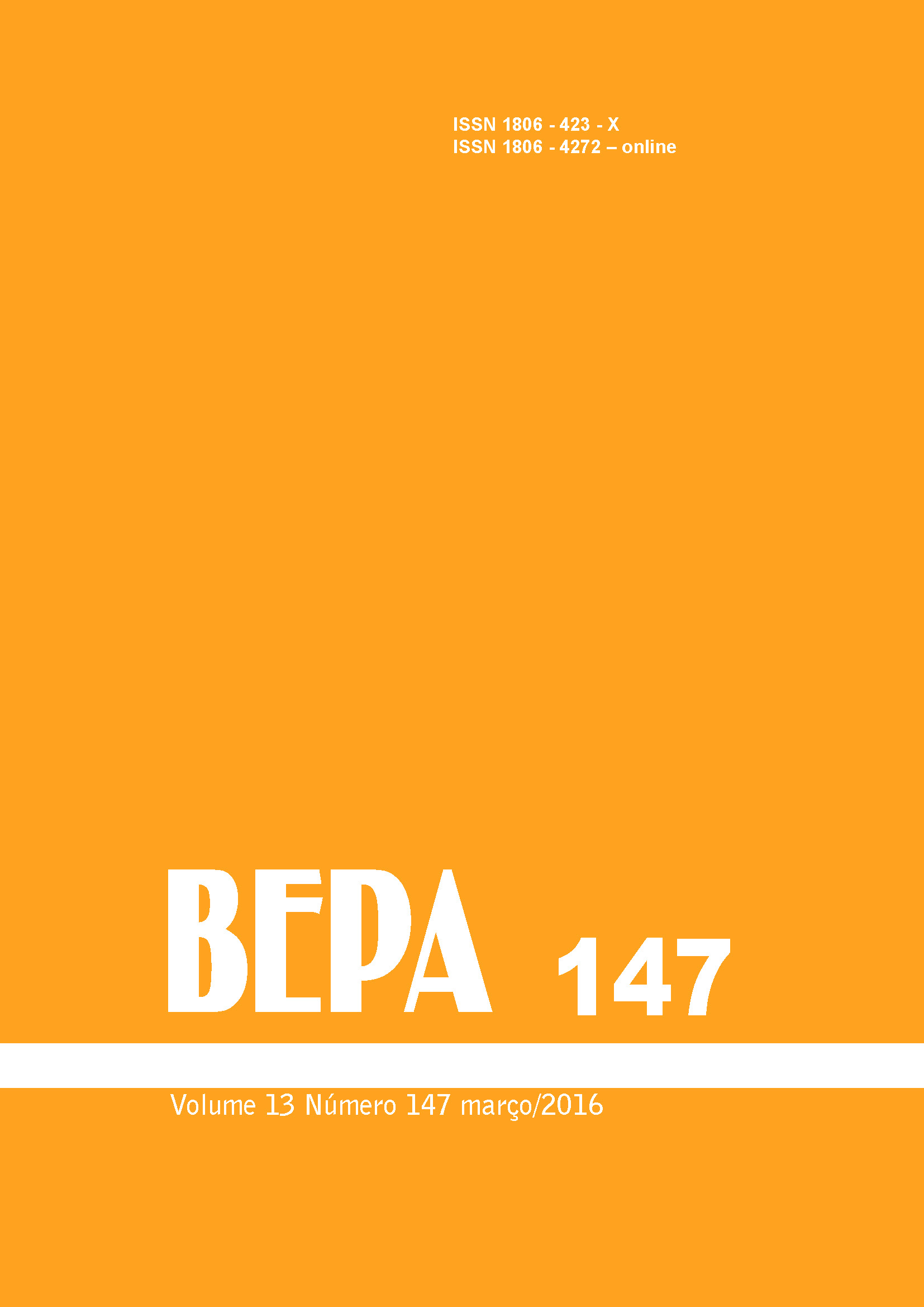Abstract
Cystic fibrosis (CF) is a serious genetic disease, an autosomal recessive disorder, characterized by an alteration in the secretion of the exocrine gland of all organism, resulting mainly in obstructive cronic progressive lung disease. CF patients are frequently attacked by lung infections caused by specific microorganisms. Pseudomonas aeruginosa is the most prevalent microorganism, and colonizes approximately 70% of adolecents and adults CF patients. The damage to the lung increases when P. aeruginosa acquires mucoid phenotype. Antimicrobial resistance has also been increased and the emergence of resistance to carbapenems has been related. Some CF centers reported the dissemination of P. aeruginosa among CF patients and other centers demonstrated the large variability among the isolates not detecting transmission among the CF patients, which can indicates an environmental acquisition instead of a common source. The aims of this study were to evaluate the susceptibility to antimicrobial agents of P. aeruginosa isolates recovered from respiractory tract of CF outpatients attending the outpatient clinic of Instituto da Criança (University of São Paulo Medical School) and to analyse the genetic variability among P. aruginosa isolates recovered from diverse CF patients. A total of 580 P. aruginosa isolates were recovered from 98 CF patients during three different periods of collection, 129 of these isolates obtained from 11 CF patients were selected and analysed. P. aeruginosa isolates were submitted to the disk-diffusion method testing 14 antimicrobial agents. P. aeruginosa isolates wich presented resistance to imipenem were submitted to the phenotypical test to detect the production of metalo-beta-lactamases, PCR for carbapenemase were carried-out by using specific primers to detect the blaSPM, blaIMP, blaVIM, blaNDM, blaKPC, blaGES genes. The Isolate 420-2 with phenotypic profile suspected of ESBL-producing was submitted to PCR using specific primers to detect blaCTX-M, blaGES and blaTEM genes. P. aeruginosa isolates wich presented resistance to amikacin were submitted to the phenotypical test to detect the production of 16S rRNA methylases, and the isolates confirmed as positive were submitted to PCR, using specific primers to detect the rmtD and rmtG genes. The susceptibility and PFGE restriction profiles showed large variability. Thirty-five different PFGE profiles obtained from P. aeruginosa recovered from 11 CF patients were found, only one CF patient carried P. aeruginosa isolates with the same PFGE restriction profile along the time, and the others CF patients carried P. aeruginosa isolates with at least two different PFGE profiles. Some P. aeruginosa isolates presented 100% of susceptibility to antimicrobial agents, some presented resistance to only antimicrobial agent while other showed multiresistance, however, none of them showed 100% of resistance to all antimicrobial agents. Some P. aeruginosa isolates were phenotypically confirmed as suspicious of MBL productors and other as 16S rRNA methylases productors. PCRs using specific primers for blaSPM, blaIMP, blaVIM, blaNDM, blaKPC, blaGES and rmtD were negative. Seven isolates exhibiting high-level resistance to aminoglycosides was confirmed by PCR and DNA sequencing as producers rmtG, a new 16S rRNA methylase, recently described. PCRs for detection of ESBL were negative. PFGE restriction and susceptibility profiles do not presented an association, once that different PFGE restriction profiles presented identical susceptibility profiles and identical PFGE profiles presented different susceptibility profiles. Our results demonstrated the genetic diversity of P. aeruginosa and two patients had the same PFGE profile restriction. Diverse CF patients remained colonized by the same clone along the time.

This work is licensed under a Creative Commons Attribution 4.0 International License.
Copyright (c) 2016 Sandra Terezinha Rodrigues Nora, Doroti de Oliveira Garcia (orientadora)
